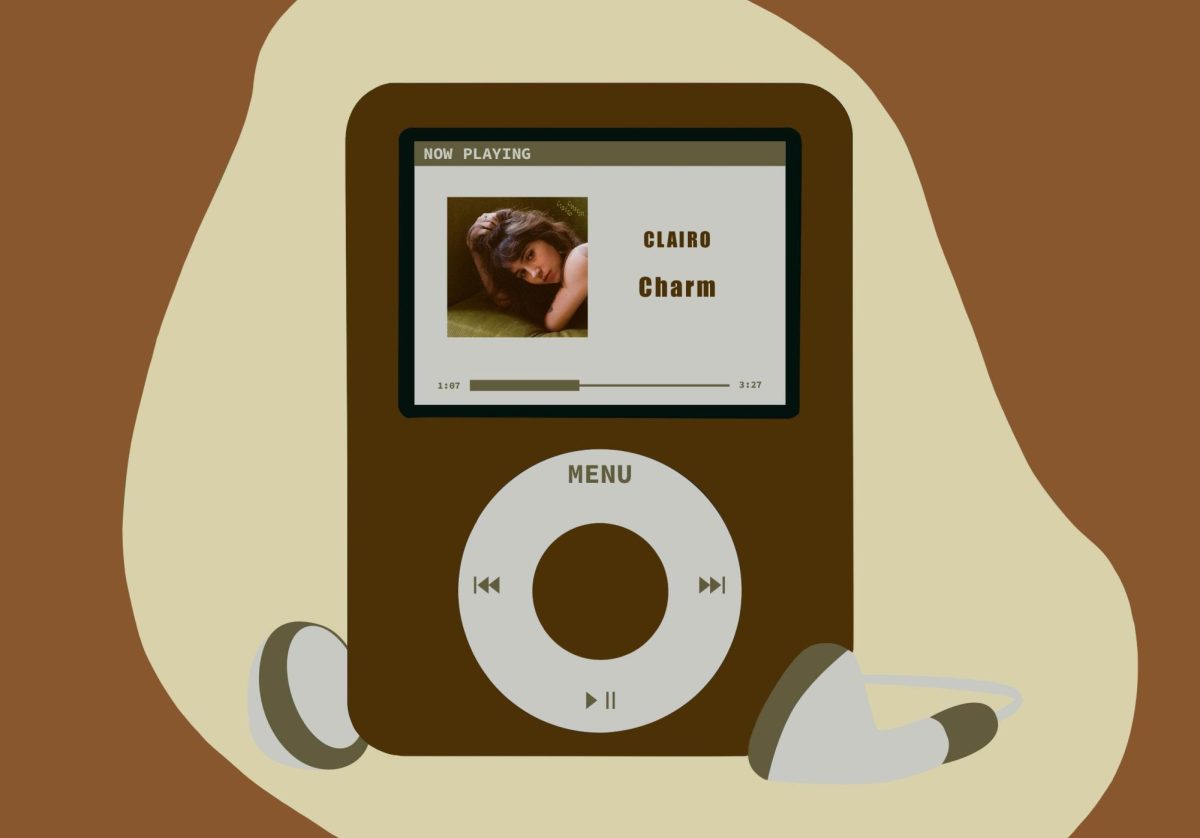When Maureen Pranghofer went to the movie theater to see “E.T. the Extra-Terrestrial,” she wasn’t sure if Drew Barrymore’s character was laying out Reese’s Pieces, M&M’s or Starbursts for her visitor from space.
Pranghofer is blind, so her husband described to her what was happening on screen. Unable to classify the candy himself, he couldn’t fully explain that scene in the 1982 film.
“It turned into this three-row conversation discussing whatever it was,” Pranghofer said with a laugh.
That confusion — and amusement — doesn’t happen as much today with increased availability of audio description.
Audio description uses recorded or live commentary to detail nonverbal action, including character movement, expression and even costumes. This accommodation has become widely available in movie theaters, live theaters and some museums.
“It makes it way easier and way more enjoyable,” Pranghofer said. “For half of my life, there wasn’t audio description, so things that I went to had one or two characters in [them] or were musicals. I just didn’t go to the other stuff, or I would be bugging my husband to describe stuff. He’s great, but he’s trying to watch it himself, too.”
While detailed on-screen and stage descriptions help, the artist and website accommodation consultant said there are other obstacles that prevent full arts access for those who are blind or have low vision.
Headset equipment can be faulty, there may only be a few scheduled showings with descriptions available and websites with calendar and ticket information may be hard to navigate with braille keyboards and screen readers.
Jon Skaalen works for VSA Minnesota, an organization that works to connect people with disabilities to the arts. It’s Skaalen’s job to make sure these resources are available to those who want them.
“[The arts are] an incomplete experience without these accommodations,” he said.
While the Walker Art Center and Minneapolis Institute of Art offer some described tours and tactile features, Skaalen said museums remain an area for improvement due to the “no touch” nature of visual arts.
“I don’t think we are as far advanced in Minnesota with that,” he said. “I don’t really know of a particular local leader here, or actually anywhere in that regard.”
Today, audio describers like Rick Jacobson continue to work within live performances.
Jacobson’s 22 years as an audio describer primarily in theater help him communicate the movement, flow and emotion of shows after seeing the show and sometimes reading its script.
“I like to think that I’m conveying more of what the playwright had hoped to get across, thus enriching the experience,” Jacobson said.
Moving away from traditional styles, he tries to add bits of nuanced humor, subtle details, mistakes or even ad-libbed content to what he sees.
“Strict audio description is dispassionate, objective, no emotion,” Jacobson said. “It’s just much more void of any feeling. We’ve put a little spin on it, and people seem to like it.”
Jacobson said while many enjoy the accommodation, not all who are blind use or enjoy audio descriptions. But he still believes full access to the arts should be available to all.
“The theaters understand that they really need to be accessible,” Jacobson said. “They understand that it’s just the right thing to do.”
















